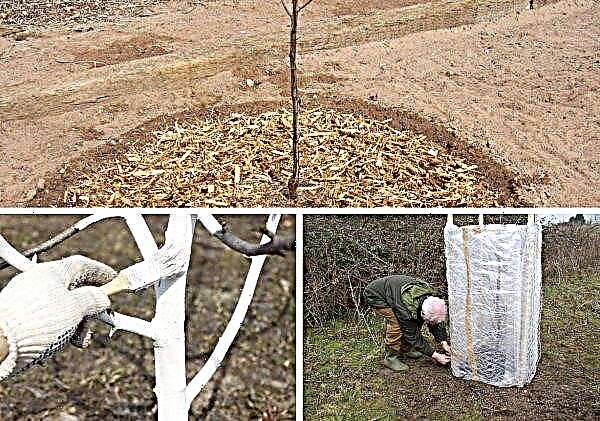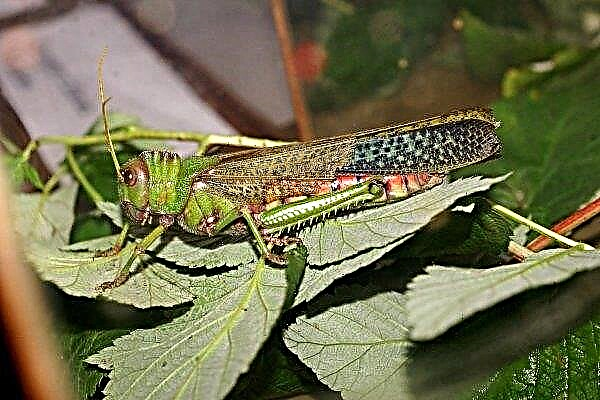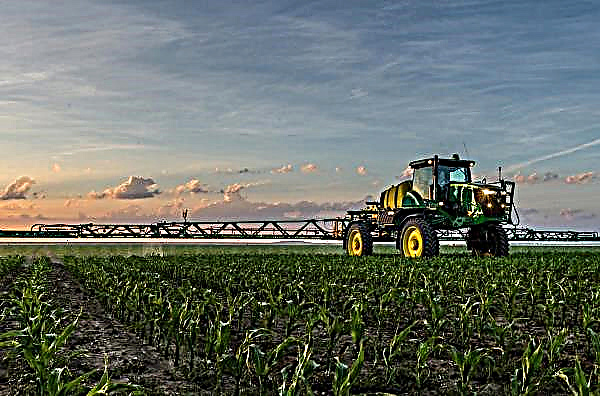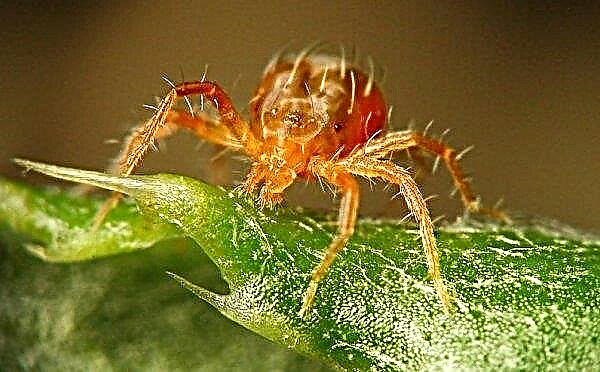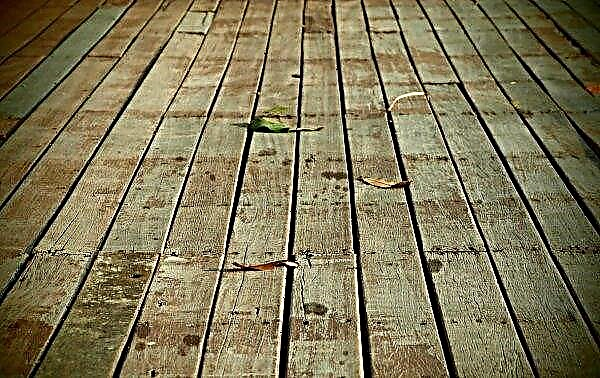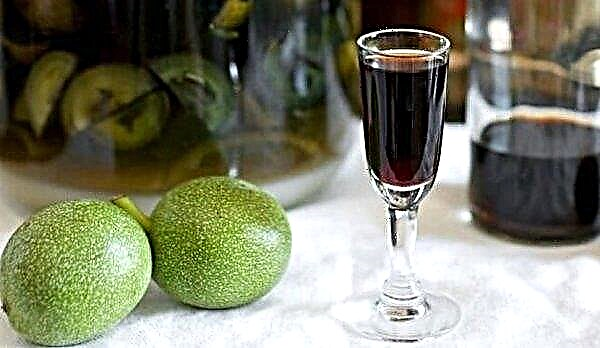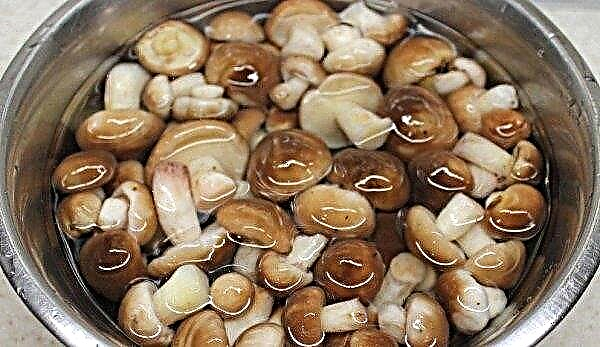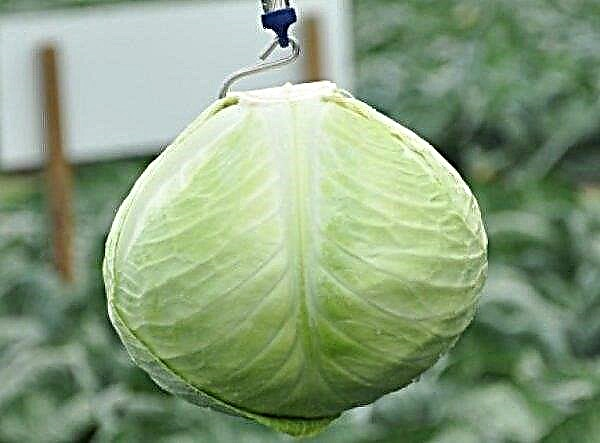Adonis spring, like all other adonis, is a rather capricious plant. But, despite this, it is considered one of the most striking and luxurious spring representatives of the flora. About the features of its cultivation and reproduction - in more detail later in the article.
Description
Adonis, hare grass, yellowflower, fluffy - these are all the popular names for spring adonis. This bright representative of the buttercup family corresponds to the following description:
- herbaceous perennial, reaching a height of about 40-60 cm;
- grows in forests, beams, on chernozem plains and slopes of Russia, Europe and Crimea;
- rhizome with a diameter of up to 4 cm, short and vertical;
- stems are smooth, rounded, erect (or slightly deviating), branched;
- the upper leaves are palm-shaped, and the lower ones are scaly;
- large yellow (up to 6 cm) flowers are singly placed on the tops of the stems;
- blooms in spring in May and April;
- fruits - spherical wrinkled multi-roots ripening in June-July;
- all parts of the flower contain toxic substances.
Composition and medicinal properties
Adonis spring is a medicinal plant. Its use in medical practice is due to its composition. The grass contains glycosides of the heart group, saponins, organic acids, phytosterol, flavonoids, alkaloids, coumarins and other useful substances.
Important! Adonis is a poisonous plant, so before treatment it is necessary to consult a doctor.
Medical use
- Adonis medicines are approved for use in medicine and are widely used in the treatment of various diseases:
- with heart ailments (heart defects, tachycardia, hypotension, etc.);
- in cases of damage to the central nervous system (psychosis, neurosis, when exiting binge and a condition of withdrawal);
- with urinary tract infections (cystitis and pyelonephritis);
- with rheumatic lesions of the joints;
- with infectious diseases (bronchitis, tonsillitis, cough, fever or flu).
 Medications from adonis do not have a cumulative property, that is, they do not accumulate in the body.
Medications from adonis do not have a cumulative property, that is, they do not accumulate in the body.Contraindications
- Like every therapeutic drug, funds from adonis have a number of contraindications:
- inflammatory processes of the gastrointestinal tract;
- atherosclerotic changes;
- tendency to thrombosis;
- hypertensive diseases;
- pregnancy and lactation.

Adonis planting in open ground
Choosing a place for landing of adonis, some information should be taken into account:
- the plant prefers partial shade, so the ideal place would be that which is well lit in the morning and shaded after dinner;
- the plant is not very demanding on the soil, but grows better on light, fertile and well-drained soils;
- it is good if the site is protected from draft and strong wind.
Landing time
In spring, adonis seedlings should be planted on a flowerbed in late April or early May, when the soil warms up enough and the threat of frost passes. When planting in autumn, it should be borne in mind that young plants must take root and take root in a new place, so work is carried out at least a month before the onset of frost (approximately in September or October).
How to plant
A proper fit consists in following a few simple requirements:
- the distance between the bushes should be about 30 cm;
- the size of the hole should correspond to the size of the root system so that the roots are freely located and not bent;
- after planting, the flower should be abundantly watered, and the trunk area should be mulled with peat.
 Campion grows very slowly, so flowering occurs only in the 3-4th year.
Campion grows very slowly, so flowering occurs only in the 3-4th year.Outdoor Care
This representative of buttercups is rather capricious, therefore its successful cultivation consists in the correct leaving.
Did you know? Because of the bright yellow flowers that appear in early spring, Adonis was called the adonis, and its tousled foliage served as the occasion for the second folk name - fluffy.
Watering
Adonis spring is a moisture-loving perennial bush, therefore it is demanding on the amount of moisture:
- in hot and dry weather, the optimal amount of watering is about 3 times in 7-10 days;
- drying of the topsoil should not be allowed, as well as waterlogging, ideally the presence of a mulching layer;
- with an excess of rainfall, the plant can not be watered;
- after watering, the bushes should be slightly earthed, but this is done carefully so as not to damage the regeneration buds, which are located near the soil surface;
- you can water under the root or irrigate the bushes from above.

The soil
As for the soil, besides the fact that it should be quite fertile and light, it is good if it contains lime impurities, and the pH will be in the range of 7.0–7.5. To ensure optimal drainage, gardeners fill the bottom of the planting hole with a layer of river sand or expanded clay.
Did you know? There are several options for the name "adonis". According to one of them, the plant was named after the Greek hero Adonis, whom Aphrodite fell in love with. And on another - the reason was the Phoenician god named Adon, who personified the annual awakening and dying of nature.
Transfer
Any procedures for moving to a new place adversely affect adonis. Plants often die from such manipulations, therefore, if there is no particular need for transplantation, then it is better not to carry it out. Bushes feel great in one place for 20 years or more.
If transplantation is necessary, the plants are dug up with a large earthen lump in order to injure the root system as little as possible, otherwise the adaptation will be long and painful.
Top dressing
Top dressing is not necessary for Campion. But if the soil on the site is poor in organic matter, then autumn mulch is added to soil from humus and fallen leaves, which, by decaying, enrich the soil with nutrients necessary for the plant.
Pruning
The removal of dry and dying parts from Adonis must be carried out very carefully for several reasons:
- the culture is poisonous, so pruning is done with gloves;
- the stem is not cut off under the root, but a small stump is left, so as not to damage the buds of renewal, which are laid in this plant for 2–4 years ahead;
- in order not to injure the bushes, it is possible not to remove the unattractive grassy parts, but to mask with the help of neighboring plants, planting them nearby, but plantings cannot be made too dense, remembering that Adonis needs sun in the morning.

Diseases and Pests
Due to the toxicity of the culture, it is not affected by pests and diseases, therefore, no preventive measures to protect it are required.
Care after flowering
Campion does not need special care after flowering. It, as before, needs to be watered and loosened.
Seed collection
After flowering, seed material can be harvested. It is better if it is a little immature or just starting to crumble. The seed is unsuitable for storage, so it must immediately be placed in a moist soil mixture (the composition will be indicated in the "Sowing").
Winter preparations
Adult specimens of Adonis are quite frost-resistant and winter without shelter. Before wintering young seedlings should be sprinkled with peat and covered with pine branches.
Reproduction by dividing the bush
When dividing adonis bushes, some rules should be followed:
- for reproduction, specimens of 5–6 years of age are used;
- the procedure is carried out in the second half of August or at the beginning of September, and it can also be carried out in spring, immediately after the snow melts;
- you can not divide the bush into small parts, since they do not take root, in the best case, the rhizome is divided in half;
- when dividing, you need to try to dig out the root with a large lump of earth in order to less injure the plant;
- sections should be treated with a disinfectant and sprinkled with ash, and the separated parts should be planted immediately.
 In the first year after separation, flowers from young bushes are best removed so that they do not expend energy on flowering, but use them to grow roots and green mass.
In the first year after separation, flowers from young bushes are best removed so that they do not expend energy on flowering, but use them to grow roots and green mass.Seed propagation
Sometimes gardeners resort to the propagation of adonis with seeds, although this process is ineffective and very troublesome.
Sowing
Seeds of spring Adonis quickly lose their germination, therefore, after collecting them, they are immediately placed in a composition of sand, turf and humus (2: 1: 1). The embedment depth is 1–2 cm. Capacities with crops are kept in a cold place (for example, a basement), and later buried in snow. Shoots appear in the spring when the air temperature rises to + 20ºC.
Care after sowing
Caring for emerged seedlings consists of simple actions:
- they need to be shaded from direct sunlight;
- water regularly;
- gently loosen;
- thin out, so that between them was about 10-15 cm;
- planted seedlings planted in a permanent place.

Nature endowed this beautiful bush with the ability to open the flowering season and look like a bright, eye-catching spot on the flower bed. And although adonis is not often found on sites, but gardeners who grow it never regret it.

